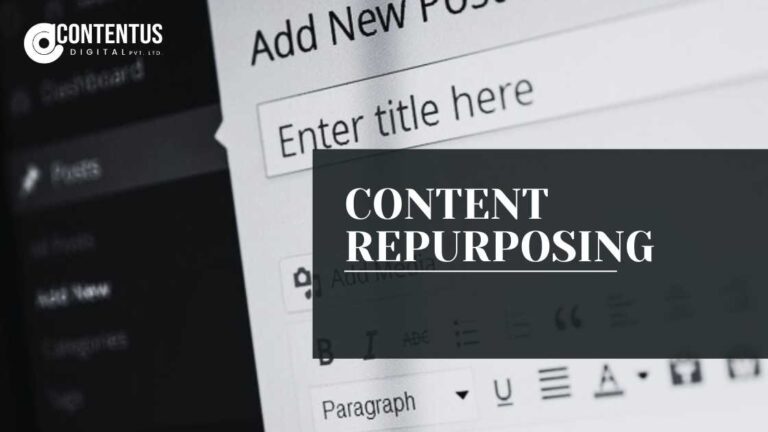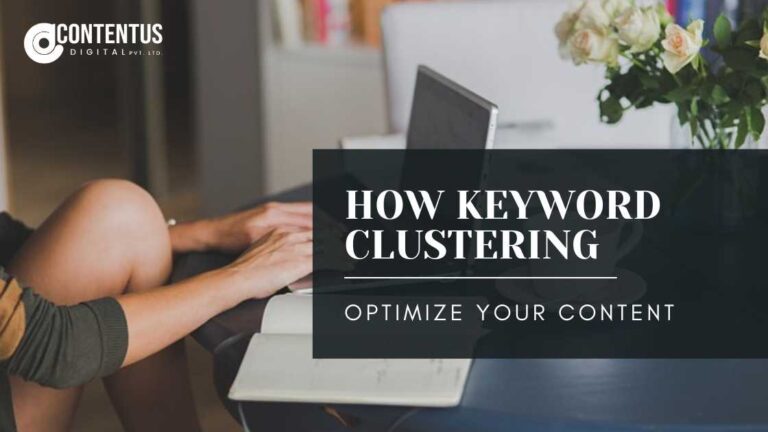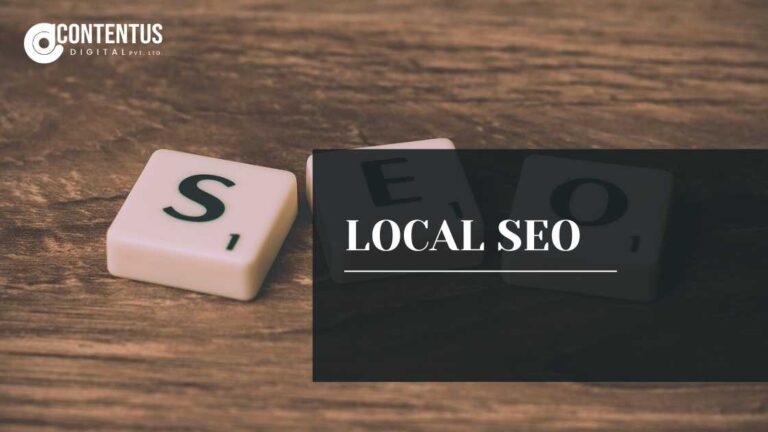5 ways to perform content optimization
Organic search generates 51% of online visitors to B2B and B2C websites. On the other hand, only a major amount of traffic of 10% from the PPC and 5% from the social media campaign is possible. As a thriving business owner, you want to see your content rank on SERP. However, if your content does not appear for the target audiences, where is the future of the website? And where does your online reputation stand? Organic ranking through SEO ensures that you reach your target audience and present your offerings. If you understand the strategy for content optimization in SEO, you can reap the benefit in the long run from your content. Search engine optimization is a vast and robust strategy that changes every year. In spite of its vastness and dynamic behavior, here are 5 beginner-friendly SEO practices that you can apply to your content.
Initiate with Keyword Research
Content optimization starts quite before you write with keyword optimization. You need to study and analyze keywords on-demand or at high volume. Keyword research is the cardinal feature of content optimization. If you successfully explore keywords correctly, you can obtain vital information. They are competitors’ keywords, high volume, easy to rank keywords, and their difficulty. If you want to research keywords, following these steps will guide you before writing high-quality content.
- Make a Note of Relevant Keyword List
- Understand User Intent
- Research Other Relevant Search Queries
- Using Keyword Research Tools
Once you have performed these above steps, choosing keywords for your content is time. You need to pick keywords based on relevance, volume, and authority. Furthermore, you can also try out some long-tail keywords to make your content SEO friendly.
Focus on On-page SEO
On-page SEO also, On-site SEO is a popular method to optimize the website content to rank organically. Besides writing high-quality content, you need to optimize H1, H2, H3 headings, title tag, meta description, slug, image, and video optimization. Here are a few tips that you can use to optimize On-page SEO.
- Title Tag – Make sure you write a title tag that is relevant to the content and catchy enough to attract the reader’s attention.
- Meta Description – Write an attention-worthy meta description that is not more than 160 characters with spaces.
- Headings – Headings such as H2, H3 and other sub-sub headings must be optimized.
- Image Optimization – Always remember to optimize images and provide their alt-tag to make them more relevant to the topic.
- URL or Slug Optimization – You need to provide relevant slugs with your content and keyword incorporated.
- Page Loading Speed – Check your website’s page loading speed so that you may avoid the risk of bounce rate.
- Mobile Friendliness – As many users actively use mobile phones for online access, make sure your site is optimized for most mobile phone users.
Conduct Competitor Analysis
Good quality and information-rich content are not enough to earn a ranking on Google. You need to understand your competitors’ flaws, strengths in terms of keyword density, backlinks, etc. The main reason for the hourly spending on your competitor and scrutinizing every step they make is to steal their organic traffic. The first step for content optimization in SEO is to study your competitors’ content, tally their content length, pitch, information, tonality, and keywords. These analyses will help you keep the errors committed from their side at bay. Also, you will get to know why their site is ranking and the other factors such as popular pages, etc. Alongside content, you need to analyze their URL structure, H1 and other headlines, link gaps, and high-quality inbound links. The more you are good with competitor analysis, the closer you are to your success.
Pay Attention to Image Optimization
Images play a crucial role in content optimization in SEO. You can use your keywords in the images’ description section and image title. This will help Google to understand what is the image all about. For image optimization, ensure you use proper and relevant keywords and abstain from keyword stuffing. Keyword stuffing may make your site look spammy. So, use keywords in alt tags for each image.
Understand User Intent
One of the most important ways to rank your content is understanding search intent. You can provide service to your target audience only when you know their interest and disinterest. To understand user intent, you need to go beyond keywords and study their buying habits. If you want to understand your prospect’s buying habits, you can use Google Analytics or directly ask them on your social handles. You can also use an agency that provides content marketing. Additionally, you can use polls or conduct various surveys to gauge what they want from you. Once you have the idea of their interest, creating business to meet them will be a lot easier.
Conclusion
To sum up, following these beginner guides for content optimization in SEO can help your site perform well. You can signal Google crawlers to crawl your pages fast and index them for their maximum search appearance by practicing such approaches. When these pages get faster crawls and appear on top, there is a high chance that you might hear ‘I want your product’ from every corner of the world.







